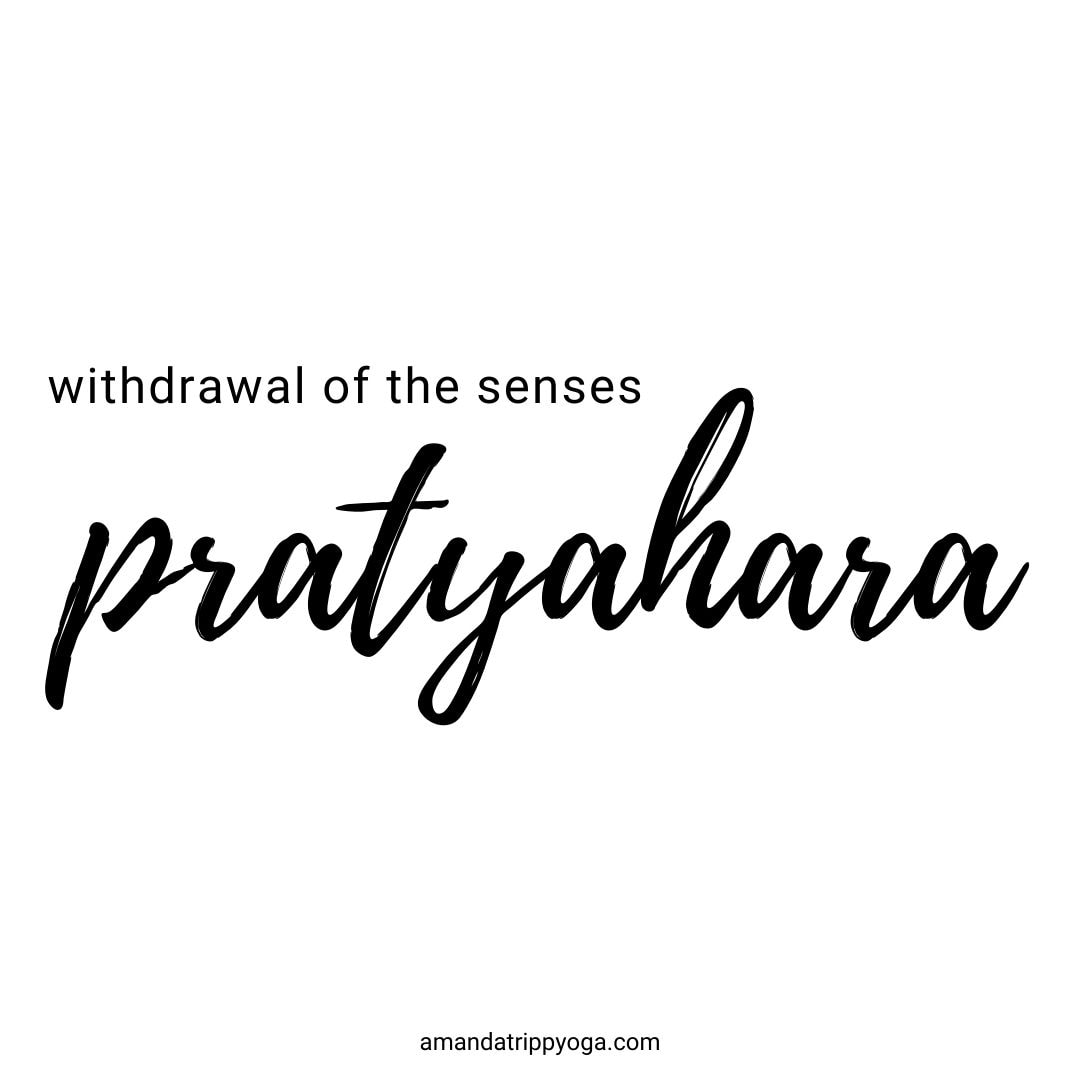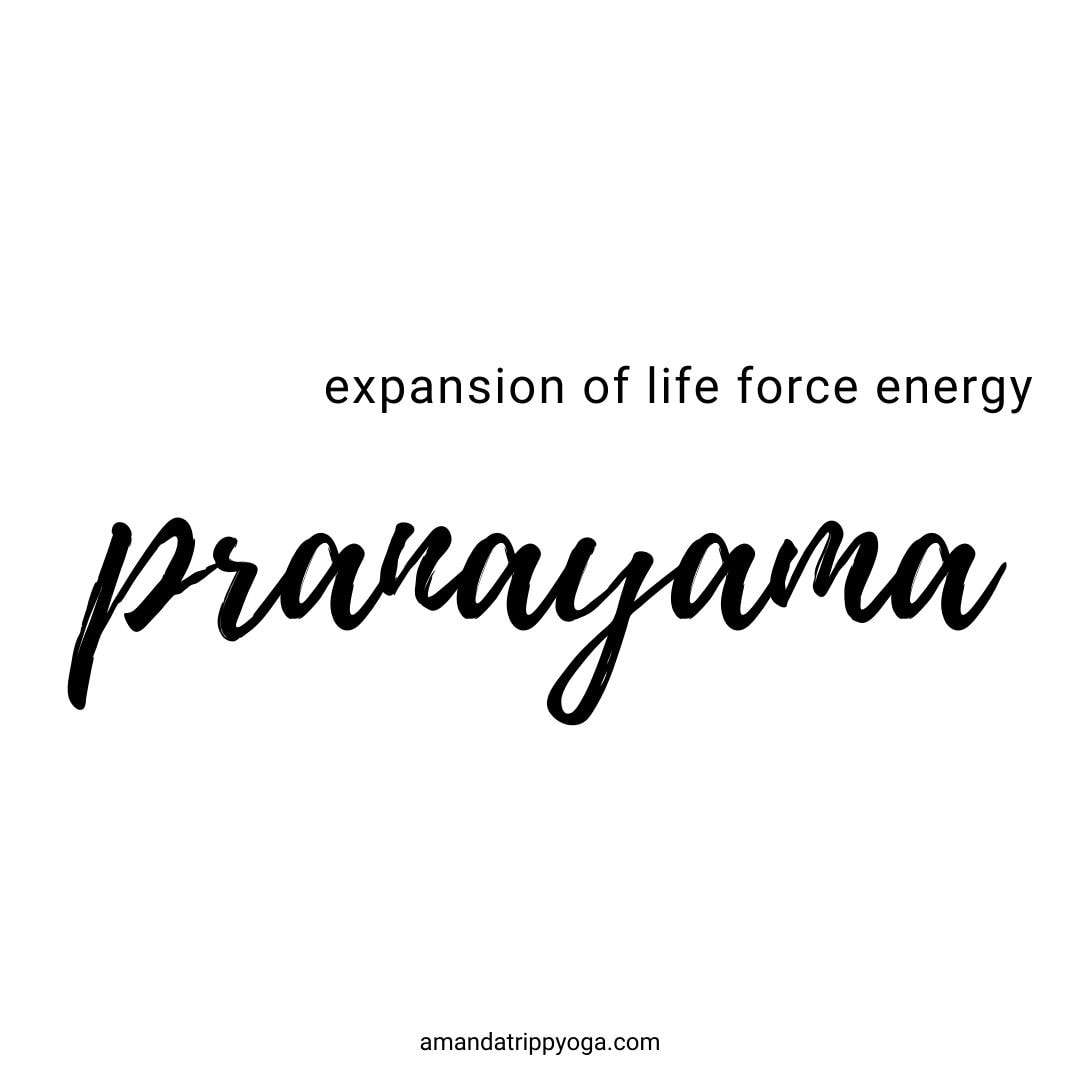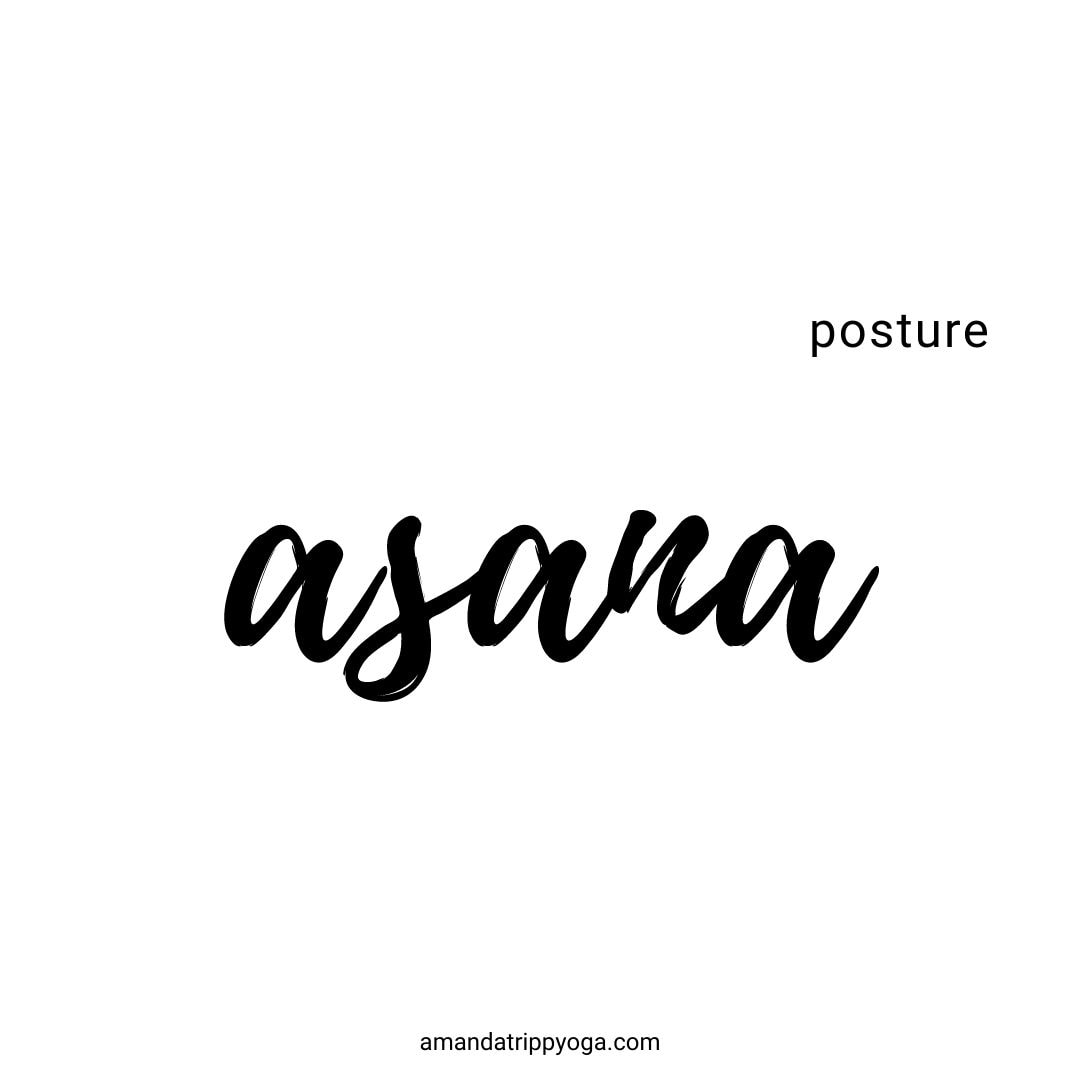The fifth of yoga's 8 limbs of practice.
0 Comments
'Prana' is often defined as 'life force energy'. It exists in all living things as the power of life itself. The ancient yogis surmised that breath is the physical correlate to prana. Your breath literally enlivens your body - and after you take your last breath, your life-force energy (prana) leaves you. A pranayama is a breathing practice designed to expand your life force energy. In later forms of yoga, pranayama is practiced by imposing structures and patterns on the breath, but in Classical yoga, pranayama is a very simple breath awareness practice, as follows: 1) Get into an easy, comfortable position (asana). Relax your effort. 2) Notice, when you are relaxed, that the flow of inhalation and exhalation is suspended 3) Observe the movement patterns of your breath (inhalation, exhalation and pause) 4) Also observe the length and number of breaths and where in your body you sense your breath. This type of pranayama is a very simple tool for quieting the mind. According to Patanjalai, when the breath moves, thoughts move; when your breath is still; your mind is still. The pauses between your breaths form an uninhabitable environment for mental disturbance. And THIS, good people, is one of ancient YOGA’S GREATEST DISCOVERIES - that thoughts and breath influence one another. When we are upset our breath is quick and shallow. When we are calm our breath is slow and deep. Just as our mental states affect the way we breathe, we can use our breath to affect our mental states. There is no need to 'restrain' or wrestle with your breath. Your mind can become calm simply by allowing your attention to be absorbed in the task of noticing your breath in stillness and in motion. Here are some ways to engage with your breath on and off your mat. Intention: "I am a student of my breath" Pranayama: Patanajali style breath observation (see video for instruction) Off the Mat: throughout the day, pause and observe how your breath responds to different mental states...when you are relaxed, upset, etc. In the Yoga Sutras, asana is described as the third of the eight limbs of classical yoga.* The word asana simply means seat, and actually refers to seated postures used for pranayama and meditation. Interestingly, poses are only mentioned once in the entire Yoga Sutras, and not a single asana is mentioned by name. All the Sutras have to say about practicing yoga postures is this: ‘Posture (should be) steady and comfortable’. That's it, folks! The classical path of yoga is concerned with your liberation; it doesn't care one lick about the length of your hamstrings or the tautness of your abs. Posture practice as we know it today evolved much later, and is a helpful for gaining mastery over our physiology ... but that’s another subject for another day... For The Classical Yoga system, asana is how you position yourself when you are practicing meditation - and it has to be comfortable so it doesn’t interfere with your ability to concentrate. Here are some ways to play with this idea: On the Mat: Sit in Sukhasana (comfortable pose) and practice some pranayama or meditation in a steady, comfortable seated position. Off the Mat: Contemplate what it is you use asana practice for. The Sutras aim for liberation/enlightenment. What are you aiming for? Are you satisfied with your personal goals for practice? *Scroll back through the blog feed if you’re interested in reading about yama and niyama |
Authormindbalm, is a sanctuary for ideas that both soothe and stimulate. I delve into the rich traditions of yoga philosophy and the latest insights from movement science to bring you content that nurtures your soul and challenges your mind. Whether you're seeking inner peace or looking to expand your understanding of the body-mind connection, mindbalm offers thoughtful articles, practical tips, and inspiring reflections to help you on your journey. Join us as we explore the interplay of stillness and motion, the harmony of body and mind, and the path to true well-being. Archives
July 2024
Categories |



 RSS Feed
RSS Feed
